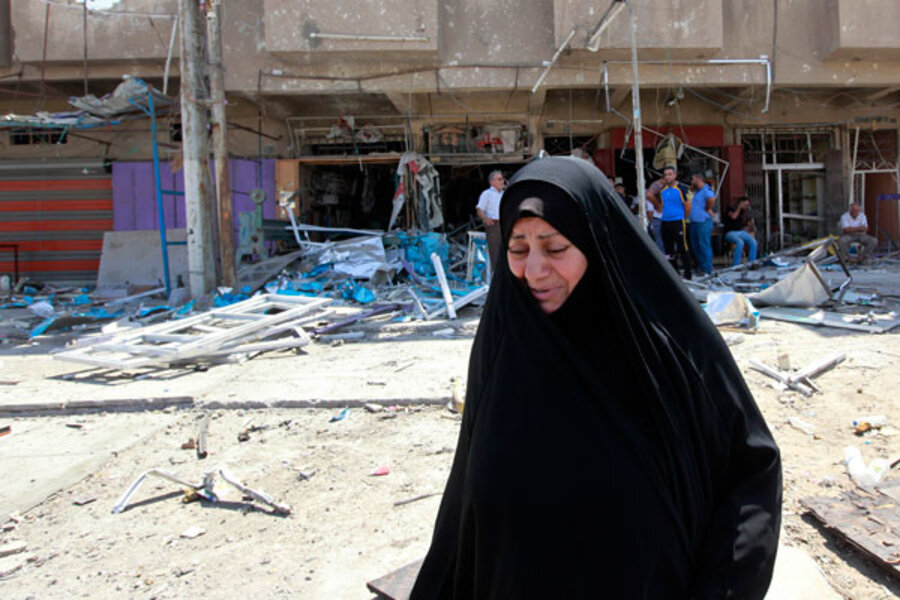It is likely that the current war in Iraq “will probably look much like Syria’s soon, and may in time look a lot like Iraq itself circa 2006,” Stephen Biddle, professor of international affairs at George Washington University and a frequent Pentagon consultant, told the House Armed Services Committee on Tuesday.
In Syria, more than 50,000 civilians have died “with no end in sight,” Dr. Biddle said. In Iraq, more than 120,000 civilians were killed between 2003 and 2011. “A renewed Iraq war of seven to 10 years duration could easily produce another 100,000 innocent lives lost,” he added. “The United States has not often intervened militarily into ongoing civil wars on purely humanitarian grounds, but the scale of potential suffering here is large. And far worse could be in store if Iraq’s war spreads.”
That is a real possibility. Of the 142 civil wars fought between 1950 and 1999, Biddle points out, “fully 61 saw major military intervention by neighboring states at some point.”
If human suffering is not a motivation for US intervention, economic loss may be. While US economic exposure to Gulf oil shocks may be declining as US shale oil and gas develop, still “serious risks will remain for the foreseeable future,” Biddle said. “A serious reduction in Gulf production would be a globally significant economic threat,” with the worst case scenario suggesting that it could exceed the largest previous Gulf oil shock (the 1973-74 OPEC embargo) by a factor of four. “The best available analysis suggests this might double world oil prices, cutting US GDP by 3 to 5 percentage points,” Biddle said. “At 2014 levels, this would imply $450 billion to $750 billion a year in lost output.”





